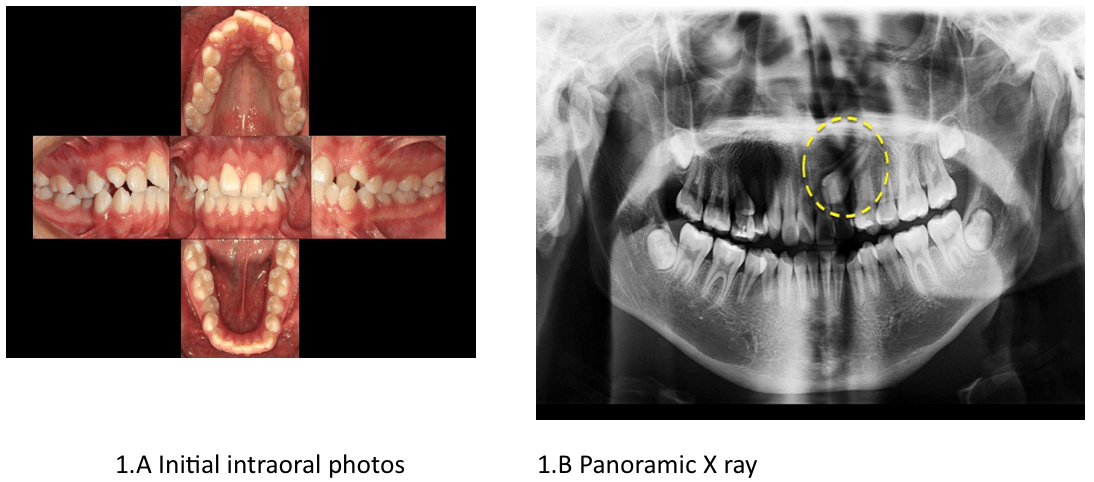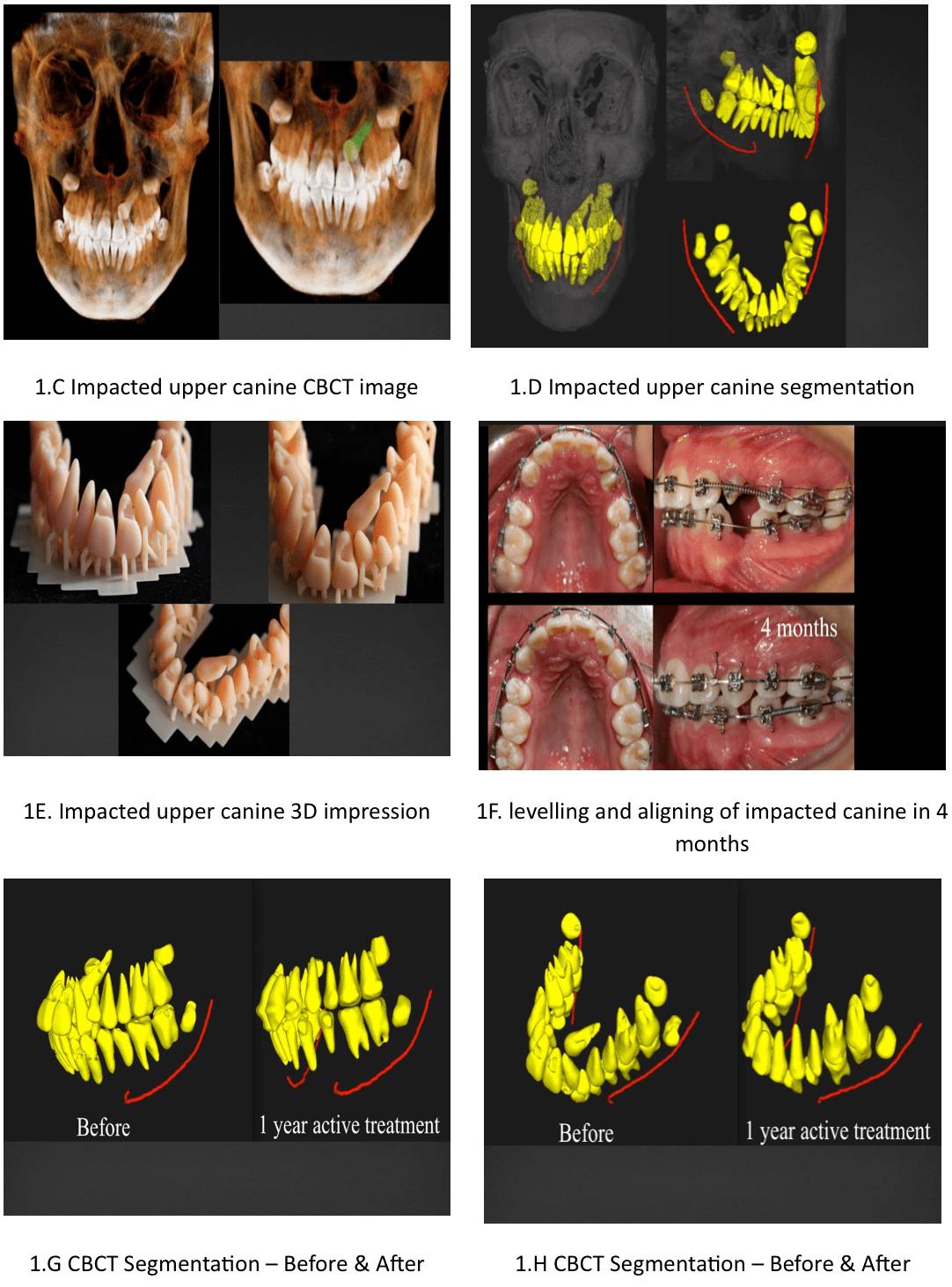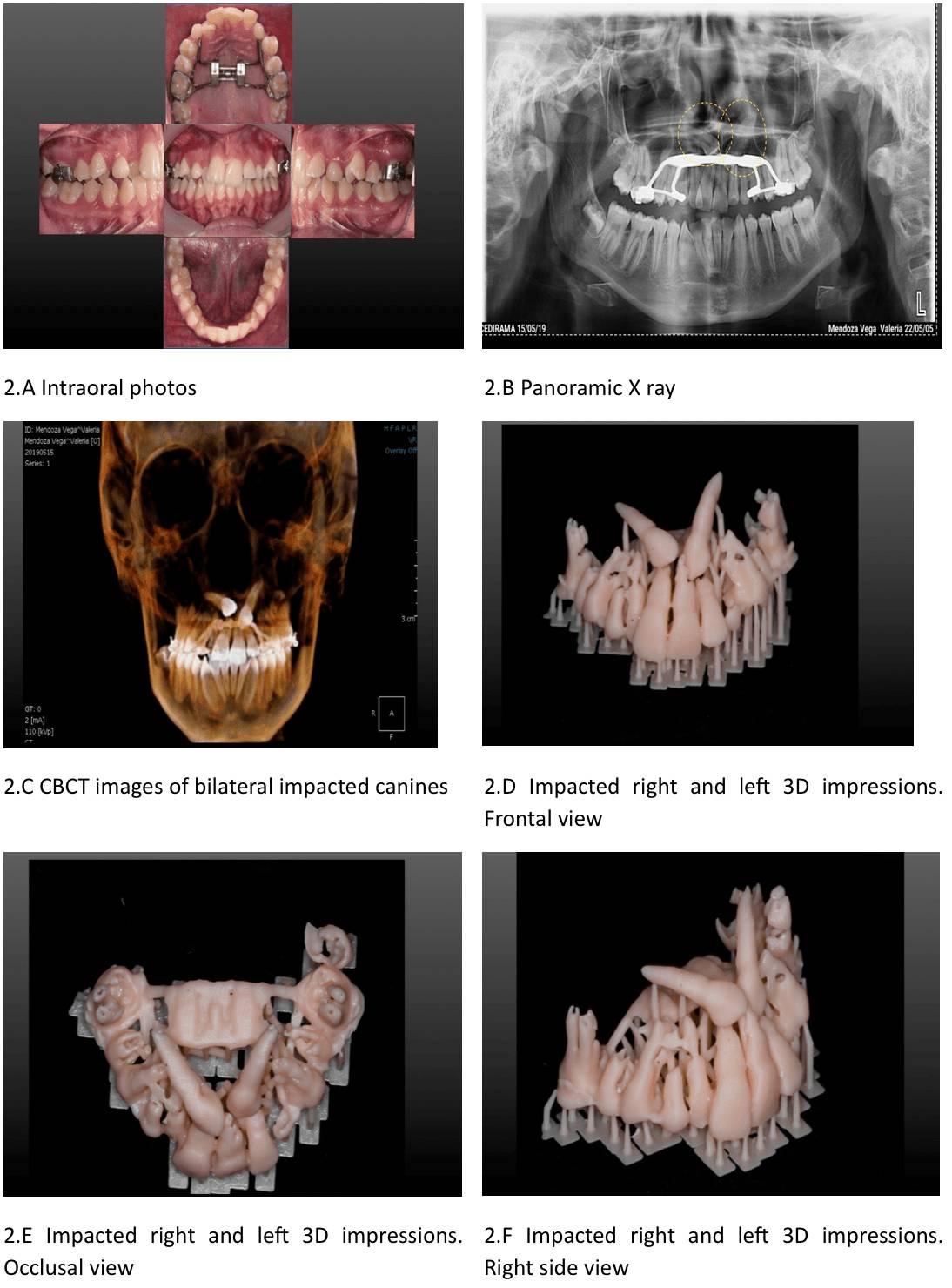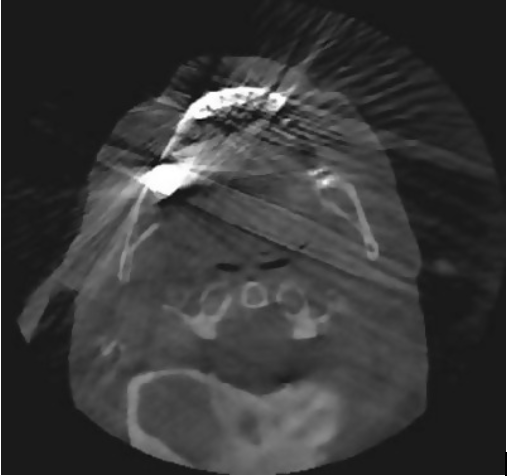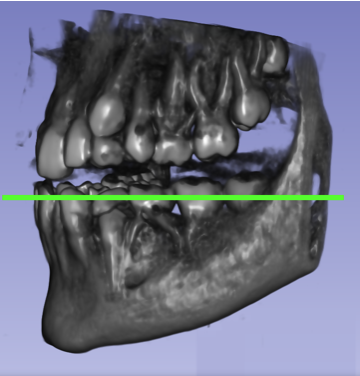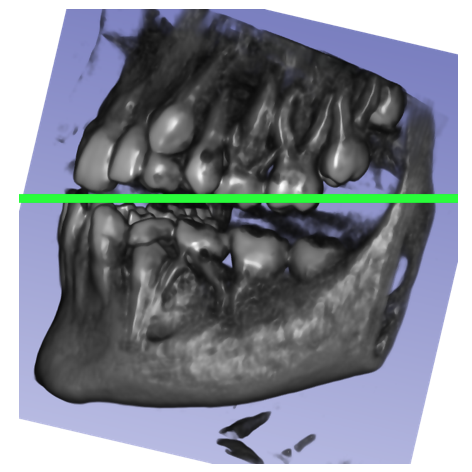AI Will Not Revolutionize Dentistry Until We Fix Our Data
We are on the cusp of a dental technology revolution. Advances in artificial intelligence (AI) and machine learning have the potential to improve oral health for everyone. However, if we want to see these technologies reach their full potential, we need to address data quality issues first. Tackling challenges with proper data collection and annotation are a stepping stone toward revolutionizing the profession in more ways than we know. By improving said data collection and annotation processes, we can enable AI to do amazing things for dentistry and improve the lives of all people who rely on it.
The Current Role of AI in Dentistry
There is no doubt that artificial intelligence (AI) is transforming dentistry. From diagnosis and treatment planning to dental lab workflows, AI is making dentistry more efficient and accurate. For example, AI-based smile design tools can now create a 3D model of a patient’s teeth that can be used to plan orthodontic treatment or tooth whitening. In addition, AI is being used to develop more effective and customized dental prosthetics. With AI, dentists can now create highly realistic dentures, crowns, and bridges that better match a patient’s natural teeth. Dentists can also use AI to detect cavities and other problems at an early stage, which can help prevent more serious issues down the road. As dentistry continues to evolve, it is clear that AI will play an increasingly important role.
The Obstacle to Progress
There is one major obstacle that AI must overcome before it can truly revolutionize dentistry: the lack of quality data. In order for AI to be effective, it needs large amounts of high-quality data to learn from. Unfortunately, this is something that dentistry lacks. The vast majority of dental data is unstructured, unorganized, and unstandardized, making it difficult for AI algorithms to learn from. This problem is compounded by the fact that dental data is spread across a wide variety of silos and is protected by endless internal privacy policies, making it even harder to access and use. And, let’s not forget that much of the dental data that exists today is manually recorded, sometimes even by hand, which makes it hard to understand and digitize.
If we want AI to truly transform dentistry, we need to fix our data problem. We need to find a way to collect and store dental data in a way that makes it easy for AI algorithms to learn from. We also need to find a way to share this data with other dentists and scientists so that they can benefit from it as well. Only then will we be able to realize the full potential of AI in dentistry.
The Fix
As we have established, dentistry has long been a data-driven profession, relying on dentists to manually record and document patient information. However, the quality of dental data has long been an issue, due in part to the lack of standardization in dentistry. This has led to a number of problems, including duplicate records, incorrect or missing data, and other errors.
Ironically, the most effective way to help AI revolutionize dentistry is to use even more AI to improve the quality of dental data, which can be used to automatically record and document patient information, eliminating the need for manual data entry. AI can also help to identify errors in dental data and correct them automatically. In addition, AI can be used to standardize and encrypt dental data, making it easier to share and compare records between dentists. As a result, AI holds great promise for improving the quality of dental data. That is if we use it to its full potential.
The Future of AI in Dentistry
Unlike many other fields, dentistry is one of the few professions that has not been deeply impacted by artificial intelligence (AI). However, this may soon change — if we improve the data collection and annotation obstacles, of course. AI is becoming increasingly good at analyzing data, and dentists generate a lot of data. Every time a dentist sees a patient, they take X-rays, chart the teeth, and make notes on the treatment. This data can be used to train AI algorithms to spot patterns and predict outcomes. In the future, AI may be used to diagnose dental problems, plan treatments, and even carry out procedures. Of course, dentists will still be needed to supervise AI-assisted dentistry and provide care for patients. But as AI gets better at handling routine tasks, dentists will have more time to focus on complex cases and research. Ultimately, AI has the potential to transform dentistry for the better, making it more efficient and effective. But, as we have seen, this will only be possible if we fix our data problem first.

